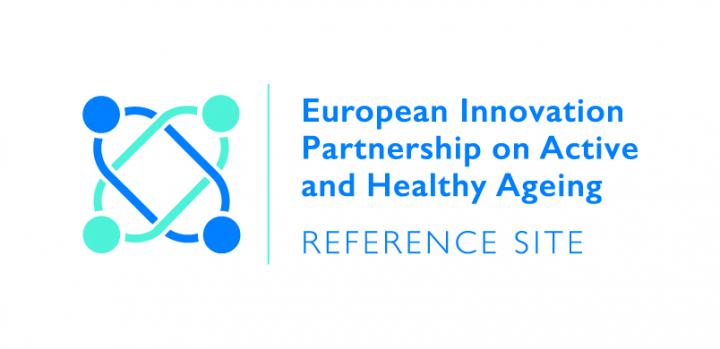
Frailty, falls & fractures: Assessment and management at specialised clinics/liaison services supporting older adults – what can we learn from each other?
Different perspectives have created and shaped somewhat different models of care and different types of organisations, working to a large extent with the same group of patients: often frail, osteosarcopenic, older adults with risks of (recurrent) falls and fragility fractures. What are the characteristics of some existing models of care and their working methods? Are there innovative solutions and collaborations by which the organisations could further improve their services?
Prevention and citizen-centred health services, e.g. falls clinics and fracture liaison services, will play a crucial role in meeting the future challenges of an aging population. These services could benefit from (digital) tools for citizen empowerment and person-centred care, by improving quality of screening and monitoring, adherence, feedback and evaluation. But what are the needs of the different organisations and how do we know what is worthwhile? Does the organisation of preventive activities facilitate the development, uptake and implementation of evidence-based (digital) solutions?
To improve data for advancing research, disease prevention and personalised health and care different organisations must classify, label and register in comparable manners, using standardised taxonomies and interoperable databases and devices. Which are the indicators that every organisation supporting older adults with risks of (recurrent) falls and fractures should be capable of tracking and sharing? How is this work coordinated in Europe?
Learn more here.
- 13/10/2020 - 09:30 - 13/10/2020 - 12:00
- Louise Årebäck
-
Working Group